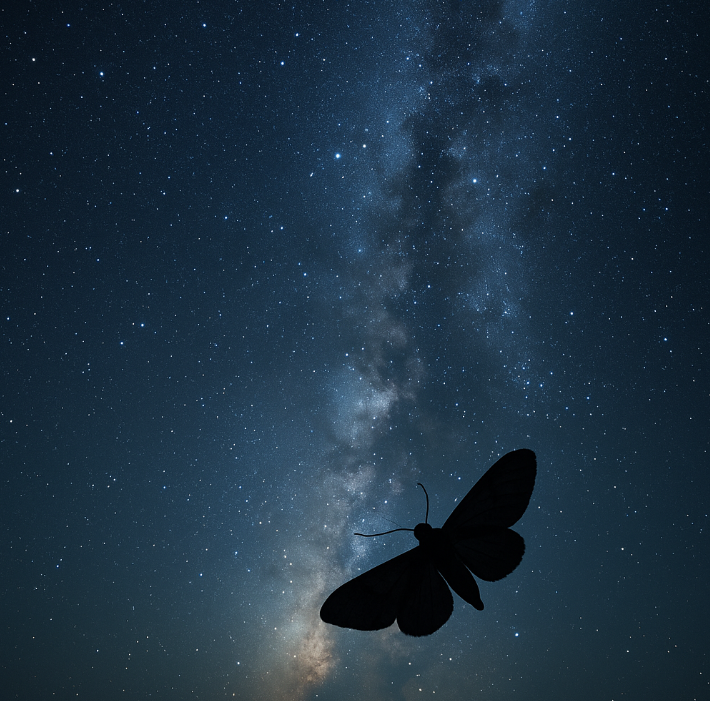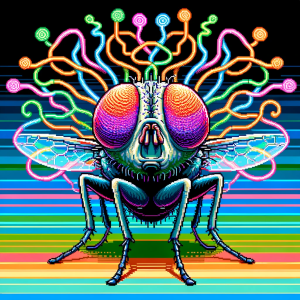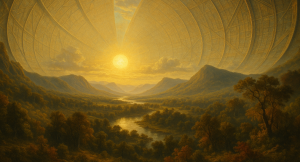
How a Tiny Moth Navigates by the Stars
They’ve never seen their destination. They travel hundreds—sometimes over a thousand—kilometers. And they do it at night, with no map, no GPS, and no prior experience.
No, we’re not talking about a team of particularly intrepid backpackers. We’re talking about the Bogong moth, an unassuming insect with one of the most extraordinary navigational systems in the natural world. And a new study has revealed their secret: they steer by the stars.
A Nocturnal Navigation Mystery
Each spring, billions of Bogong moths take flight across southeastern Australia. Their goal? A set of cool, dark caves high in the Australian Alps—places they’ve never been before. There, they spend the summer in a dormant state called aestivation (think hibernation, but for hot weather). Come autumn, they fly back to their breeding grounds, mate, lay eggs, and die.
What’s baffled scientists for decades is how they know where to go. These moths are born, fly to a mysterious mountain cave, then return home, all without ever being shown the way. It’s a one-generation, one-way ticket—twice. So, what’s guiding them?
The answer, it turns out, may be twinkling right above our heads.
Following the Stars Like a Tiny Astronomer
In a groundbreaking study published in Nature, researchers placed migrating moths in a flight simulator—yes, like a VR rig for bugs—under naturalistic, moonless night skies. When scientists “turned off” the Earth’s magnetic field (which moths also use to navigate), the insects still managed to fly in the right migratory direction.
But here’s where it gets wild: when the researchers rotated the starry sky by 180 degrees, the moths flipped their direction too. And when the stars were scrambled into nonsense patterns? The moths got completely disoriented.
The conclusion is clear: Bogong moths aren’t just using the stars for vague orientation—they’re using them as a stellar compass, just like sailors or migrating birds. And they’re surprisingly good at it.
Bug Brains Built for the Cosmos
But how does a moth brain—tiny enough to fit on the tip of a pin—manage such a cosmic feat?
The researchers went further, peering into the brains of these little astronauts. Using fine electrodes, they recorded the activity of neurons in key brain regions associated with navigation. What they found was astonishing: certain neurons fired most when the moth faced a specific direction under the starry sky, especially when heading south (the spring migration route).
Even more fascinating? These brain cells seemed tuned to both the bright stripe of the Milky Way and its brightest region near the Carina nebula, suggesting the moths weren’t just seeing any stars, but specific parts of the galaxy.
In essence, these moths have a built-in star map, and their brains are wired to read it.
Plan B: Magnetic Fields and Backup Systems
Of course, no navigation system is perfect. What if it’s cloudy? What if the moon washes out the stars?
The Bogong moth has a backup plan. When the stars are hidden, these moths fall back on Earth’s magnetic field. In other experiments, even under overcast skies, they still flew in the correct direction. It’s like having Google Maps and a trusty compass as backup.
But if both are unavailable—no stars, no magnetic field—the moths get lost.
That redundancy, the study suggests, is key to their success. They can switch between systems, ensuring they always have a way home.
A New Star Is Born (in Science)
While birds and humans have long been known to use stars for navigation, this is the first evidence that an insect—with a brain thousands of times smaller—can do the same. And not just for a short hop, like a dung beetle rolling poop in a straight line. We’re talking long-distance migration over multiple nights to a specific location.
It’s one of the clearest examples of inherited navigational knowledge in the animal kingdom.
And the implications go far beyond moths. Understanding how such a simple brain solves a complex navigational problem could inspire new technologies in autonomous flight, robotics, and even neuroscience.
Let’s Explore Together
The next time you look up at the stars, remember: somewhere out there, a tiny moth is doing the same—using that same sky to find its way home.
What do you think about these cosmic insects?
- How do you see this research affecting your life?
- What would you do if you could navigate by stars?
- What’s the coolest science fact you’ve learned recently?
Tag us on social or drop your thoughts in the comments. Because science is better when we explore it together.



